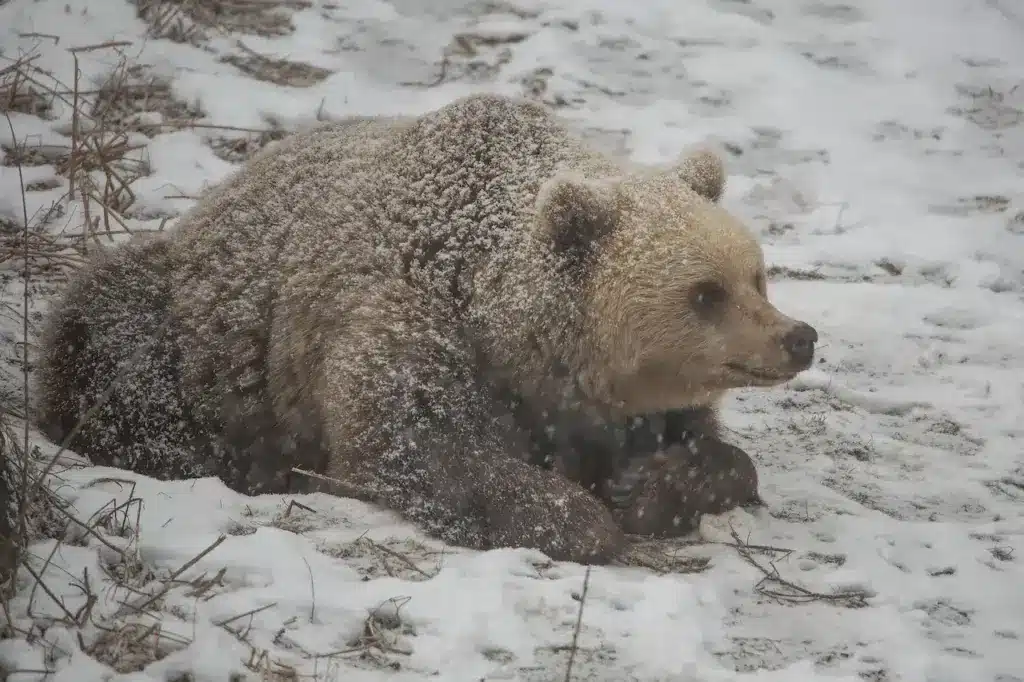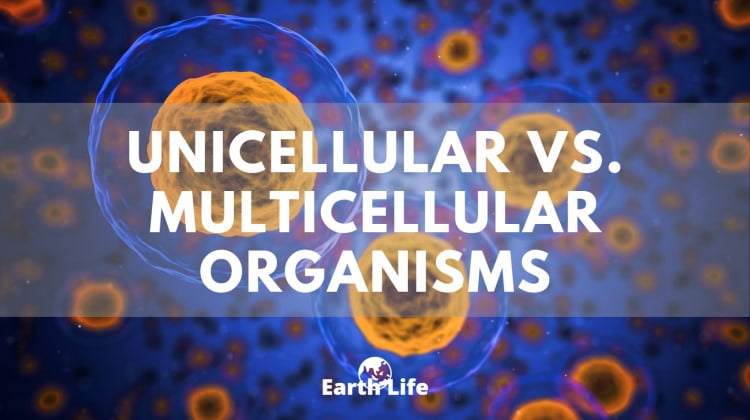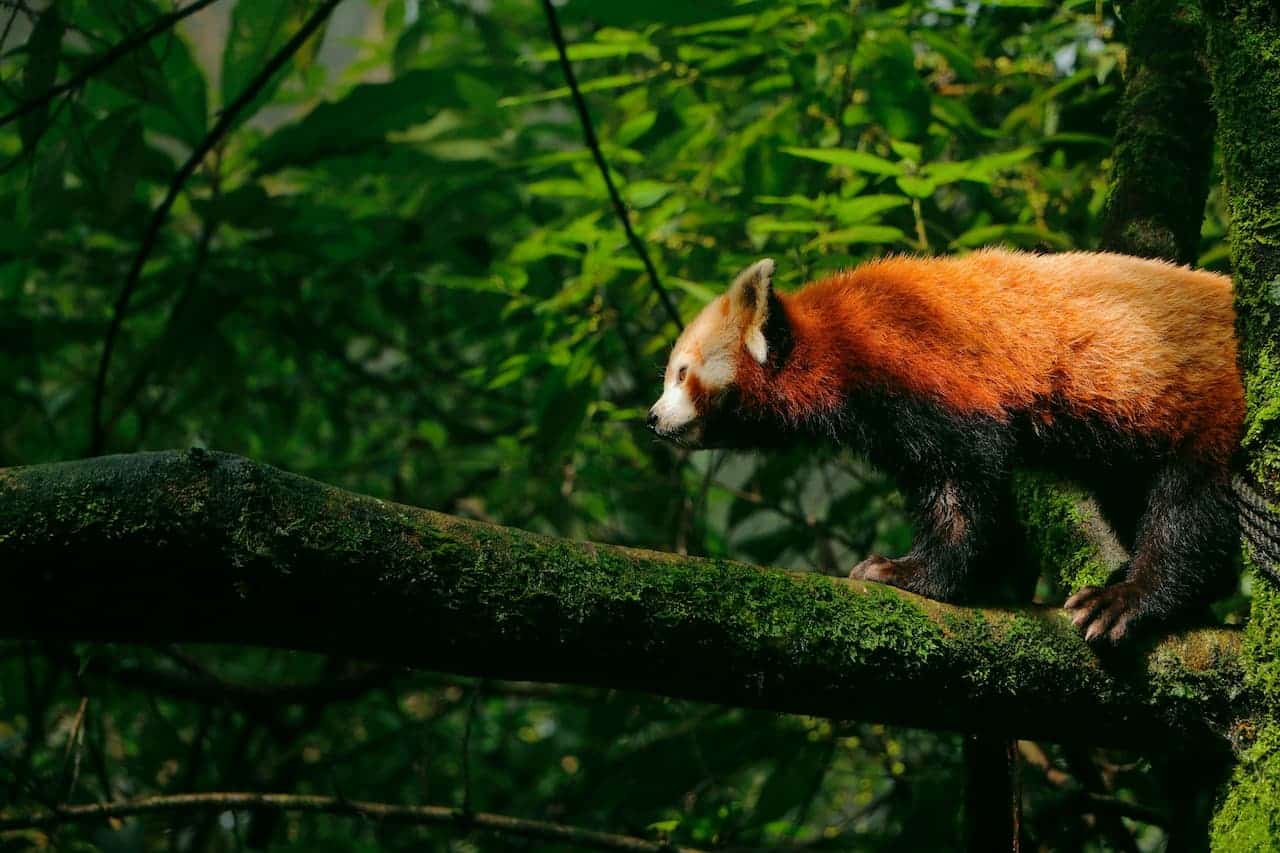What Is The Difference Between Hibernation And Torpor
What Is The Difference Between Hibernation And Torpor In Animals?
Hibernation and torpor are two fascinating survival strategies various animals use to cope with harsh environmental conditions.
Hibernation is a prolonged deep sleep state lasting weeks or months, while torpor is a temporary reduction in physiological activity lasting hours to days. Understanding the differences between these states provides insights into animal adaptation and physiology.
In this article, we will examine the characteristics, functions, and examples of hibernation and torpor across the animal kingdom. It will compare the duration, metabolic changes, body temperature regulation, and environmental triggers associated with each state.
We will also discuss the evolutionary significance of these phenomena and their implications for medicine, conservation, and space travel. The goal is to elucidate the remarkable physiological flexibility enabling animals to thrive in changing environments.
Hibernation
Hibernation is a prolonged state of significantly reduced metabolic function and lowered body temperature adopted by some mammals and a few non-mammal species to conserve energy during winter.
Characteristics
- Duration: Weeks to months, depending on species and geography
- Body temperature: Drops significantly from normal levels but stays above freezing point
- Metabolic rate: Can fall to under 5% of normal rate
- Food intake: None
- Activity level: Virtually none
- Arousal: Occasional interludes of waking for bodily functions
Hibernation enables animals to save energy when food is scarce. It is an evolved, programmed behavior triggered by shortening day length and colder temperatures. Animals prepare for hibernation by eating ravenously and storing up brown fat reserves.
Examples of hibernating animals
Familiar hibernating mammals include bears, ground squirrels, hamsters, hedgehogs, bats, and dormice. Even some primates, like the fat-tailed dwarf lemur of Madagascar, hibernate.
Torpor
Torpor differs from hibernation in short-term physiological activity reduction in response to adverse conditions.
Characteristics
- Duration: Hours to a few days
- Body temperature: Can fall substantially but not as low as in hibernation
- Metabolic rate: Decreases but not to the same extent as hibernation
- Food intake: None during torpor
- Activity level: Motionless state but can rouse quickly when needed
- Arousal: Frequent interludes of waking
Torpor serves as an emergency mechanism to avoid energy catastrophes during sudden cold snaps or lack of food. It is not as complete or intense a process as hibernation.
Examples
Some animals known to undergo torpor include hummingbirds, poorwills, swifts, mouse lemurs, and certain bats and marsupials. Even some reptiles and amphibians exhibit short bouts of torpor.
Comparing Hibernation and Torpor
Duration
Hibernation lasts for weeks or months continuously, whereas bouts of torpor rarely extend beyond a few days.
Body Temperature
While both states involve lowered body temperature, the drop is far more extreme in hibernation, approaching ambient temperatures. Torpid animals’ temperatures, while reduced, stay well above the environment.
Metabolic Activity
Metabolic rate suppression is more complete in hibernation, reaching just 2-5% of normal. Torpid metabolism decreases substantially but not to the same minimized state.
Food Intake
Hibernators fast, completely relying on fat reserves. Animals using torpor opportunistically eat when they can.
Arousal
Hibernators have occasional arousals for bathroom needs but otherwise remain dormant. Torpid animals wake frequently to resume activity.
Timing
Hibernation follows an annual seasonal rhythm. Torpor is used sporadically in response to random stresses.
Evolutionary Advantages of Hibernation and Torpor
The ability to hibernate or enter torpor states likely conferred major evolutionary advantages to animals adapting to seasonal bottlenecks and fluctuating environments.
By profoundly suppressing their metabolism, temperature, and other physiological processes, hibernators and torpid species could endure cold temperatures, food scarcity, and other stresses. This allowed them to persist when the survival of other species would be jeopardized.
Importance for Conservation
Protecting hibernation habitats and mitigating ecosystem disruptions is vital for conservation. Many bat species roost in caves and mines during winter and are threatened by disturbance. Some struggle to build fat reserves in warmer autumns due to climate change.
Tracking populations of vulnerable hibernators provides crucial data. Citizen science programs recruiting people to count emerging marmots or migrating bats aid monitoring efforts.
Natural Selection for Energy Efficiency
The metabolic flexibility enabling hibernation and torpor to maximize energy efficiency and resource use under constraint seemingly developed under strong selective pressures. Scientists theorize these survival strategies evolved over millennia as climates shifted and ecosystems changed.
Species endowed with hibernation or torpor capacities would have held a key adaptive edge. Their ability to periodically retreat from unfavorable conditions allowed them to avoid catastrophe and reproduce to pass on the genes underlying these traits.
Applications for Medicine and Space Travel
Understanding the mechanisms that control hibernation and torpor in animals has exciting potential applications for medicine and space travel. Inducing a temporary low metabolic state mimicking torpor could help trauma patients reduce their tissue oxygen demand when their blood supply is limited.
It could also aid in organ preservation for transplants. For space travel, studying torpor could enable putting astronauts in the form of hibernation for long missions, requiring less food, water, and living space.

How do Hibernation and Torpor impact the ecosystem?
Hibernation and torpor are fascinating survival strategies many animal species use to cope with harsh environmental conditions and seasonal food scarcity.
When animals hibernate or enter torpor, their drastically reduced metabolic activity and need for sustenance have cascading effects on the ecosystems around them. Understanding these impacts provides important insights into food webs, nutrient cycles, and community dynamics.
Effects on Predator-Prey Dynamics
One major effect of hibernation and torpor is that it alters predator-prey relationships and competition within an ecosystem. When a major predator like a bear is hibernating, prey species like deer may increase in population size and grazing pressure.
Alternately, opportunistic predators like coyotes may flourish if a competing dominant predator is absent in winter due to hibernation. The sudden absence and return of certain animals due to hibernation can reshape ecosystem structure.
Nutrient Cycling Changes
The massive changes in food intake and waste production that accompany hibernation and torpor states also impact nutrient cycles. Hibernators cease eating and defecating for months, no longer dispersing nutrients.
However, the sudden flush of nutrients from their bodies entering the soil when some hibernators die over winter can provide fertilization. The absence of certain animals over winter due to hibernating can also allow nutrient accumulation in some areas.
Effects of Migration
Some ecosystems rely on the seasonal migration of hibernators. For example, in parts of Canada, tens of millions of pollinating bats migrate south in winter. Their absence deprives those northern ecosystems of a key pollinator until spring when the bats return.
Some birds also employ torpor on wintering grounds far south of their breeding grounds, transporting nutrients between regions as they migrate.
Disease Transmission Risks
The slowing of metabolic processes and deactivated immune systems during hibernation and torpor make animals vulnerable to introduced pathogens and parasites.
Mass mortality events in hibernating bats due to white-nose fungus have reshaped cave ecosystems by depleting this essential predator of insects. Understanding disease transmission in hibernacula helps manage these threats.
Conclusion
Hibernation and torpor both involve trade-offs between energy conservation and costs like vulnerability to predators. Hibernation is the more extreme strategy, with profound metabolic suppression to withstand prolonged winter shortages.
Torpor offers a temporary, moderate reduction in activity during transient threats. These adaptations highlight the remarkable resilience of animal physiology and behavior in adapting to environmental fluctuations.






